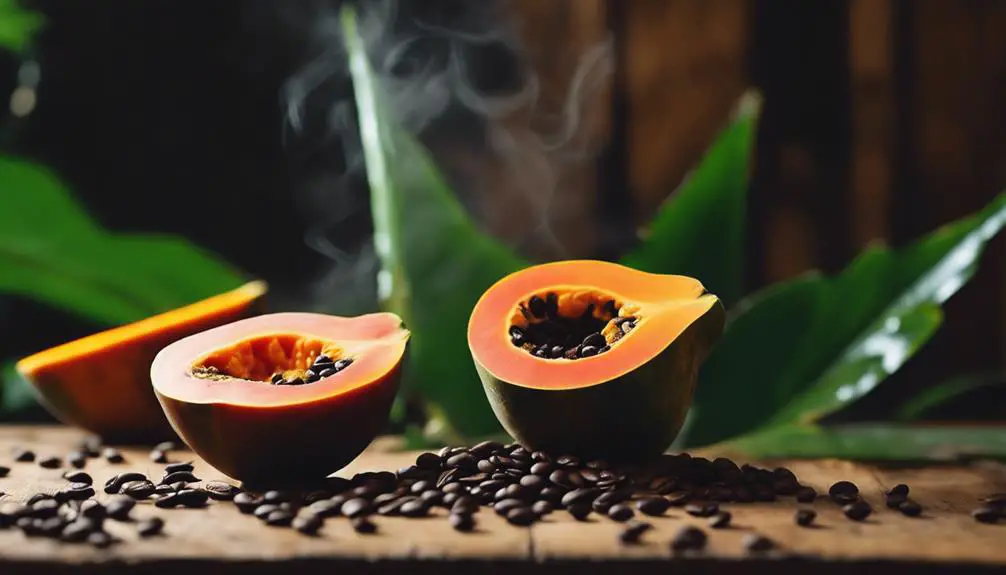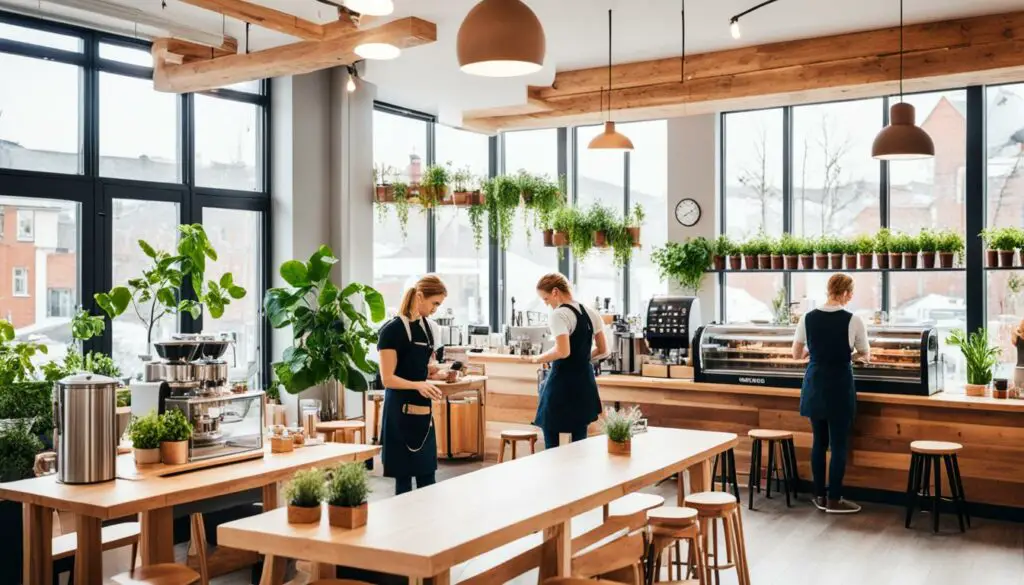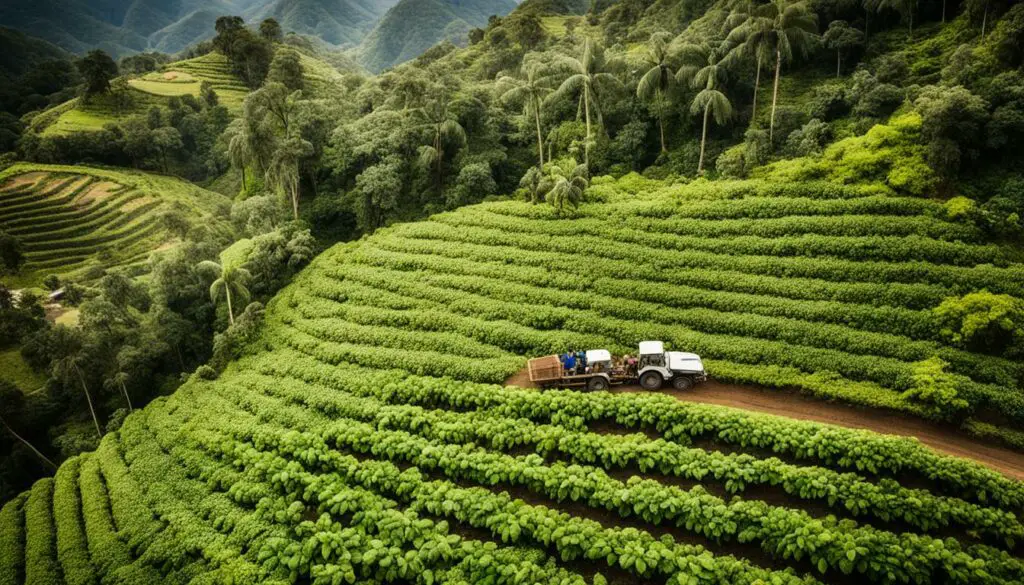Coffee is one of the most popular beverages in the world, and for good reason. It provides a jolt of caffeine to start the day, it can be a social experience, and for coffee enthusiasts, the brewing process is an art. But not all coffee brewing methods are created equal.
Some methods are faster and more convenient, while others take more time and effort but result in a more flavorful cup of coffee. So, which coffee brewing method takes the longest time?
The Time-Consuming Art of Coffee Brewing
When it comes to brewing coffee, time is a key factor. Some methods are quick and easy, while others are more time-consuming but result in a more flavorful cup of coffee. So, if you’re looking for a slow and steady coffee brewing method, here are a few to consider:
French Press
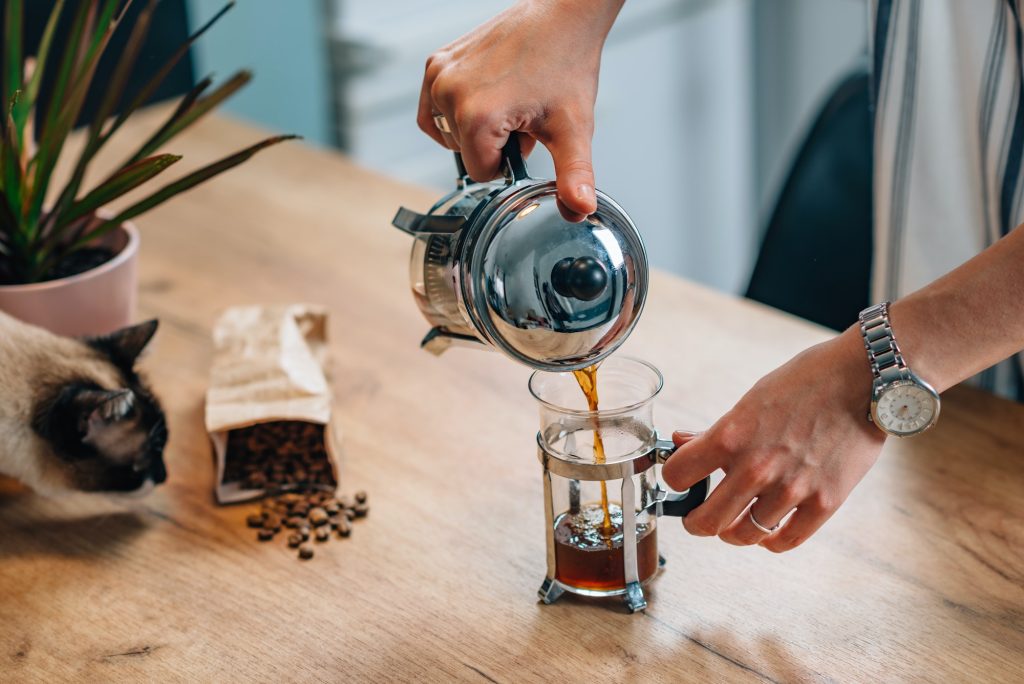
The French press, also known as a plunger or a press pot, is a classic coffee brewing method that has been around for over a century. Its popularity is due to its rich, full-bodied taste and ease of use. Here’s a closer look at the French press method:
Equipment: To start, you’ll need a French press, coffee grounds, boiling water, and a timer. French presses come in various sizes, so choose one that fits your needs.
Grind size: The grind size of your coffee is important for the French press method. A coarse grind is recommended for a balanced and flavorful cup of coffee. You can grind your own coffee beans or use pre-ground coffee.
Preparation: Fill the French press with boiling water to warm it up. This helps to keep the coffee hot during the brewing process. Discard the water and add the coffee grounds to the press. Use the right ratio of coffee to water for the best results. A general rule of thumb is 1:15, meaning 1 gram of coffee for every 15 grams of water.
Steeping: Pour the boiling water over the coffee grounds, and stir gently. Place the lid on the French press, but don’t press the plunger yet. Set a timer for 4-5 minutes, and let the coffee steep.
Pressing: After the steeping time is up, press the plunger slowly and evenly to the bottom of the press. This separates the coffee grounds from the liquid, producing a rich and full-bodied cup of coffee.
Result: The final result should be a rich and flavorful cup of coffee with a full body. The French press method produces a different taste compared to other methods due to the steeping process. The steeping time and the coarse grind size contribute to a unique and satisfying cup of coffee.
Chemex
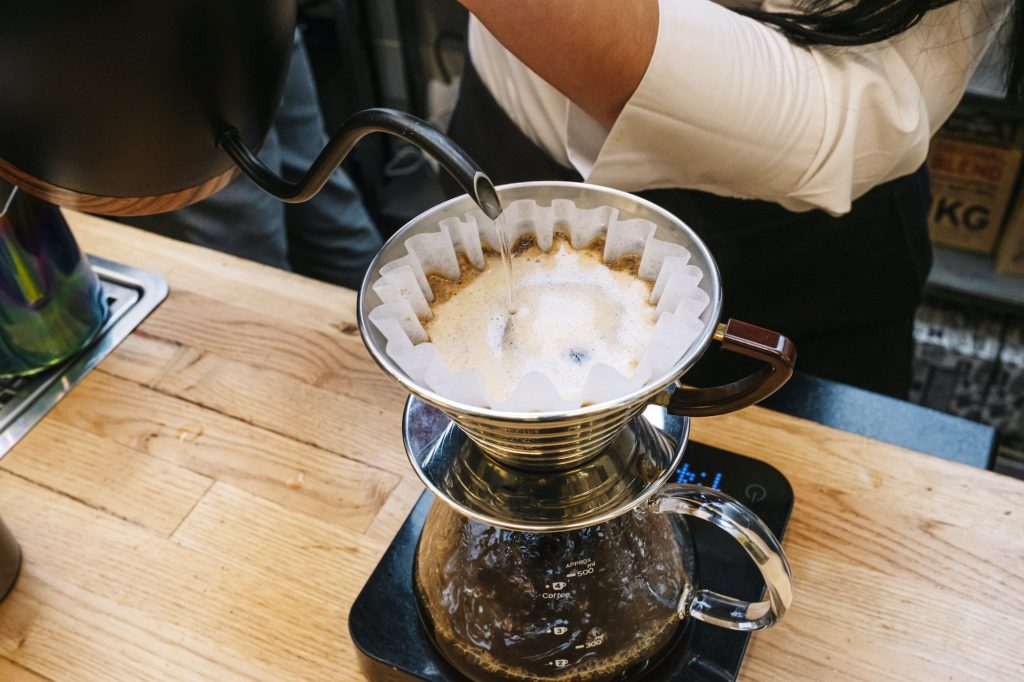
The Chemex is a beautiful and functional coffee brewing method that has been around since 1941. Its hourglass-shaped glass carafe and proprietary filters have become a symbol of elegance and quality in the world of coffee. Here’s a closer look at the Chemex method:
Equipment: To start, you’ll need a Chemex carafe, Chemex filters, coffee grounds, and hot water. The Chemex carafe comes in various sizes, and the filters are specially designed for the Chemex method.
Grind size: The grind size of your coffee is important for the Chemex method. A medium-coarse grind is recommended for a balanced and flavorful cup of coffee.
Preparation: Place a Chemex filter in the carafe, and rinse it with hot water to remove any papery taste. This also helps to warm up the carafe. Add the coffee grounds to the filter, and give them a gentle shake to level them out.
Pouring: The key to a successful Chemex brew is a slow and steady pour. Start by pouring a small amount of hot water over the coffee grounds to “bloom” them. This allows the coffee to release carbon dioxide and improves the extraction process. Wait for 30 seconds to 1 minute, and then slowly pour the rest of the hot water over the coffee grounds in a circular motion. The water should be poured evenly over the entire surface of the coffee grounds. The brewing process should take 6-8 minutes, depending on the amount of coffee you’re making.
Result: The final result should be a clean and smooth cup of coffee with a balanced flavor profile. The Chemex method uses a thicker filter than other methods, which removes any impurities from the coffee and results in a pure and delicious cup of coffee. The Chemex carafe also keeps the coffee warm, making it a perfect choice for entertaining or serving coffee to a group.
Pour Over
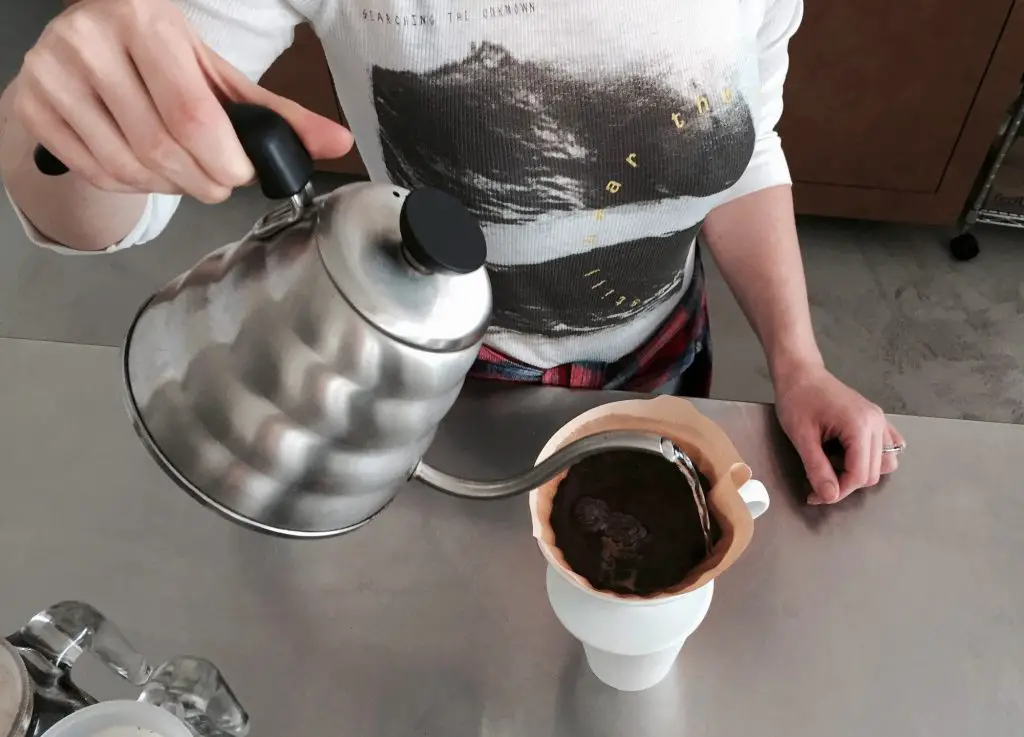
The pour over method is a popular choice for coffee connoisseurs who appreciate the art and science of brewing coffee. It requires patience, attention to detail, and a gentle hand to achieve the perfect cup. Here’s a closer look at the pour over method:
Equipment: To start, you’ll need a pour over dripper, coffee filter, coffee grounds, hot water, and a carafe or mug. Some pour over drippers come with a handle that attaches to a mug, while others sit directly on top of a carafe.
Grind size: The grind size of your coffee is important for the pour over method. A medium-fine grind is recommended for a balanced and flavorful cup of coffee.
Preparation: Place the coffee filter in the pour over dripper, and rinse it with hot water to remove any papery taste. This also helps to warm up the dripper and the carafe. Add the coffee grounds to the dripper, and give them a gentle shake to level them out.
Pouring: The key to a successful pour over is a slow and steady pour. Start by pouring a small amount of hot water over the coffee grounds to “bloom” them. This allows the coffee to release carbon dioxide and improves the extraction process. Wait for 30 seconds to 1 minute, and then slowly pour the rest of the hot water over the coffee grounds in a circular motion. The water should be poured evenly over the entire surface of the coffee grounds. The brewing process should take 3-5 minutes, depending on the amount of coffee you’re making.
Result: The final result should be a bright and clean cup of coffee with a balanced flavor profile. The pour over method allows for more control over the brewing process, which can result in a more nuanced and complex cup of coffee compared to other methods.
Why Time-Consuming Methods are Worth the Wait

While these time-consuming coffee brewing methods may take a bit longer, the results are well worth the wait. Here’s why:
- Flavor: Time-consuming coffee brewing methods result in a more flavorful cup of coffee. The steeping process and the use of filters allow for a full extraction of the coffee’s natural oils and flavors.
- Control: With time-consuming methods, you have more control over the brewing process. You can adjust the steeping time, the grind size, and the temperature to get the perfect cup of coffee.
- Experience: Brewing coffee with time-consuming methods is an experience. It’s a slower, more mindful process that allows you to savor the flavors and aromas of your coffee.
Frequently Asked Questions
How do I know if a coffee brewing method is time-consuming?
Typically, time-consuming coffee brewing methods take 4-8 minutes to prepare.
Is it necessary to grind my own coffee beans for time-consuming methods?
While it’s not necessary, grinding your own coffee beans can improve the flavor of your coffee and is highly recommended for time-consuming methods. Freshly ground coffee beans result in a more full-bodied and flavorful cup of coffee.
Can I use pre-ground coffee for time-consuming methods?
You can, but the flavor may not be as good as using freshly ground coffee beans. Pre-ground coffee can quickly lose its flavor and aroma, and the quality of the coffee may not be as high.
How does the steeping time affect the flavor of my coffee?
The steeping time can greatly affect the flavor of your coffee. If the coffee is steeped for too long, it can become bitter. If the steeping time is too short, the coffee may not have enough flavor. It’s important to find the right steeping time for your preferences.
In conclusion, which coffee brewing method takes the longest time is a matter of personal preference. The French press, Chemex, and pour over methods are all time-consuming methods that result in a delicious and flavorful cup of coffee. While these methods may take a bit longer, they offer more control over the brewing process and a unique experience. So, next time you’re in the mood for a slow and steady cup of coffee, consider trying one of these time-consuming methods. You won’t be disappointed.







